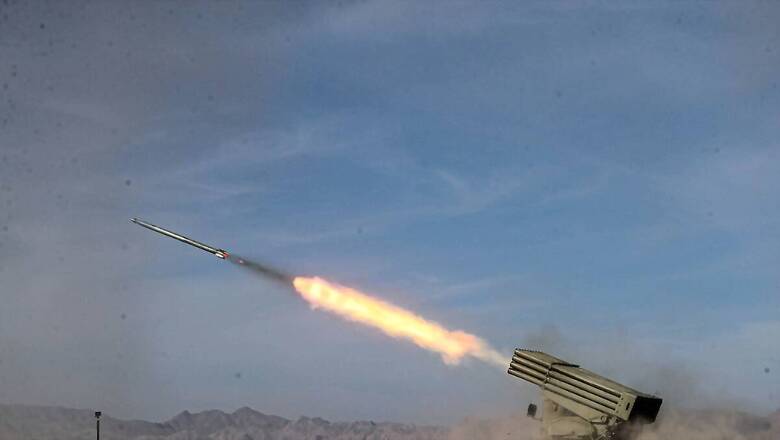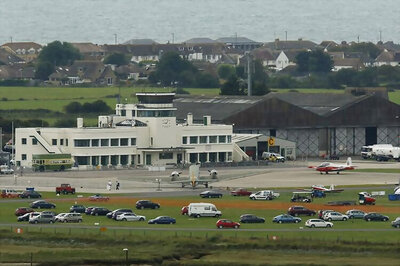
views
A missile fired in an apparent Israeli strike on air defences of Iran’s Natanz nuclear site had technology that enabled the weapon to evade the Islamic country’s radar defence systems, according to The New York Times (NYT).
Iran did not detect intrusions into its airspace on Friday, including drones, missiles or aircraft, the newspaper said, citing two Iranian officials. The attack appeared to target an Iranian Air Force base near the city of Isfahan, deep inside the country, but without striking any strategic sites or causing major damage.
The US outlet says that the warplane from which the missile was launched was “far from Israeli or Iranian airspace” and neither the jet nor the missile entered Jordanian airspace, in a calculated move to keep Amman out of any potential ramifications for the reprisal strike after it helped shoot down drones and missiles fired at Israel last weekend.
‘Send a message’
The report said that Friday’s “Israeli strike” in Iran overnight was beyond the scope of several small drones described by Tehran. The strike reportedly included at least one missile launched by Israeli Air Force warplanes that targeted an air defence radar site near Isfahan that was part of an array defending the nearby top-secret Natanz nuclear site. According to NYT, satellite imagery shows damage to the radar of an S-300 system at the Eighth Shekari Air Base in Isfahan.
The attack was designed to “send a message” of how a wider attack could look. “Israel’s use of drones launched from inside Iran and a missile that it could not detect, the Western officials said, was intended to give Iran a taste of what a larger-scale attack might look like,” according to NYT. “The attack, they said, was calibrated to make Iran think twice before launching a direct attack on Israel in the future.”
Read More: ‘Toys Our Children Play With’: Iran Foreign Minister Appears To Mock Israel, Downplays Isfahan Drone Attack
Iran’s foreign minister has said Tehran was investigating an overnight attack on Iran, adding that so far a link to Israel had not been proven as he downplayed the strike. Iranian Foreign Minister Hossein Amirabdollahian said the drones took off from inside Iran and flew for a few hundred meters before being downed. “They’re … more like toys that our children play with, not drones,” Amirabdollahian told NBC News. “It has not been proved to us that there is a connection between these and Israel,” he said.
Iranian media and officials described a small number of explosions, which they said resulted from air defences hitting three drones over Isfahan in central Iran in the early hours of Friday. They referred to the incident as an attack by “infiltrators”, rather than by Israel. Amirabdollahian warned that if Israel retaliated and acted against the interests of Iran, Tehran’s next response would be immediate and at maximum level. “But if not, then we are done. We are concluded,” he said.
(With agency inputs)




















Comments
0 comment